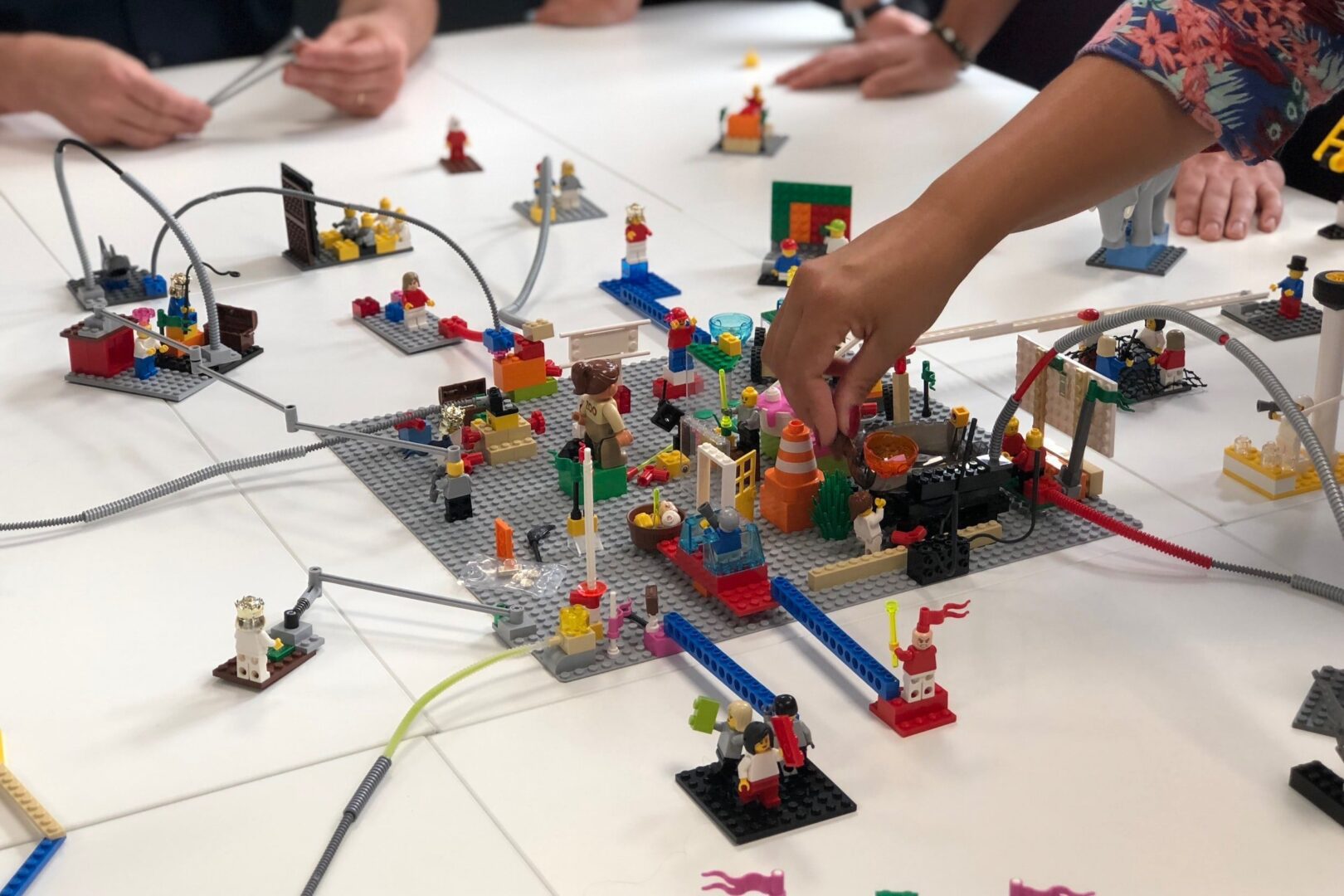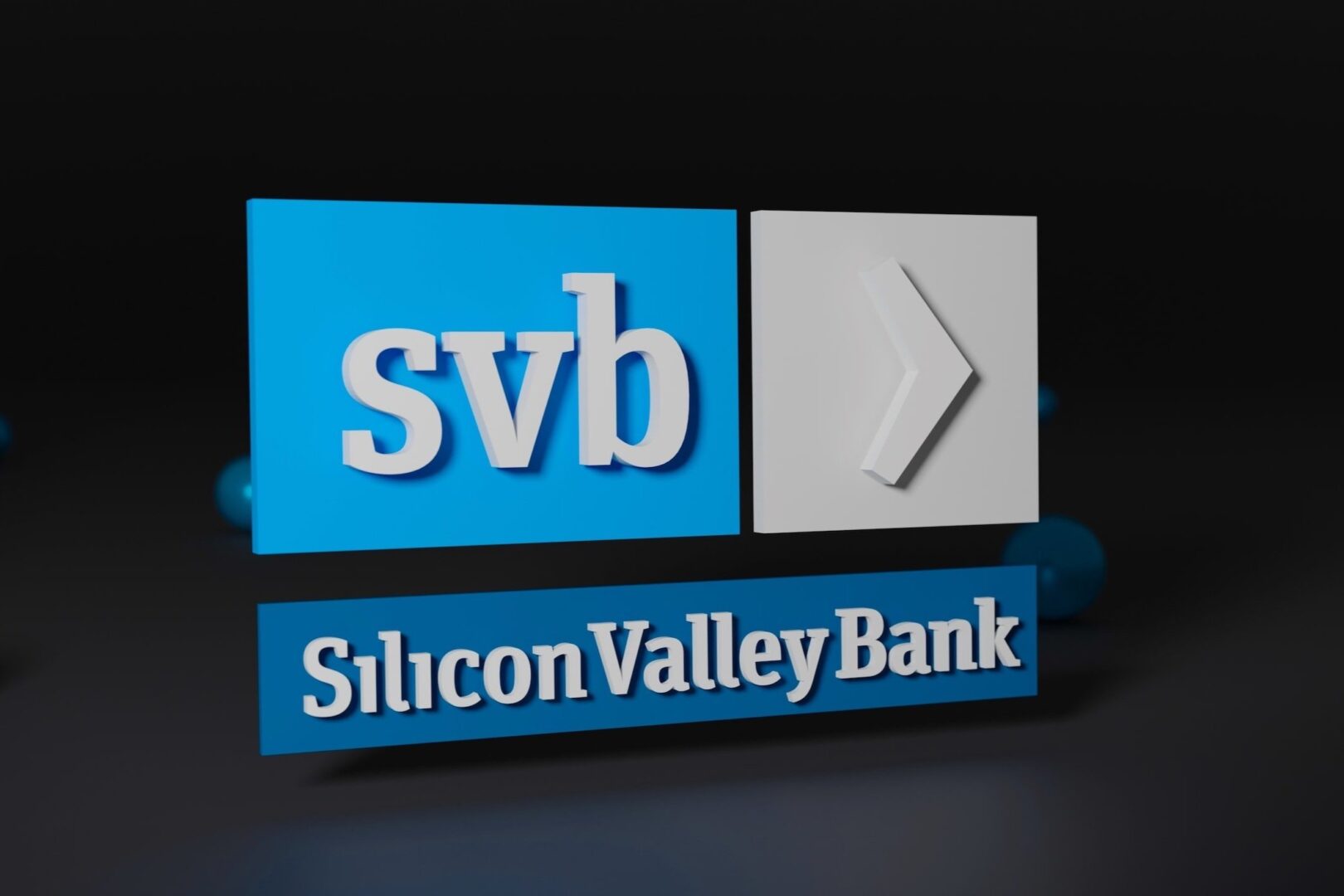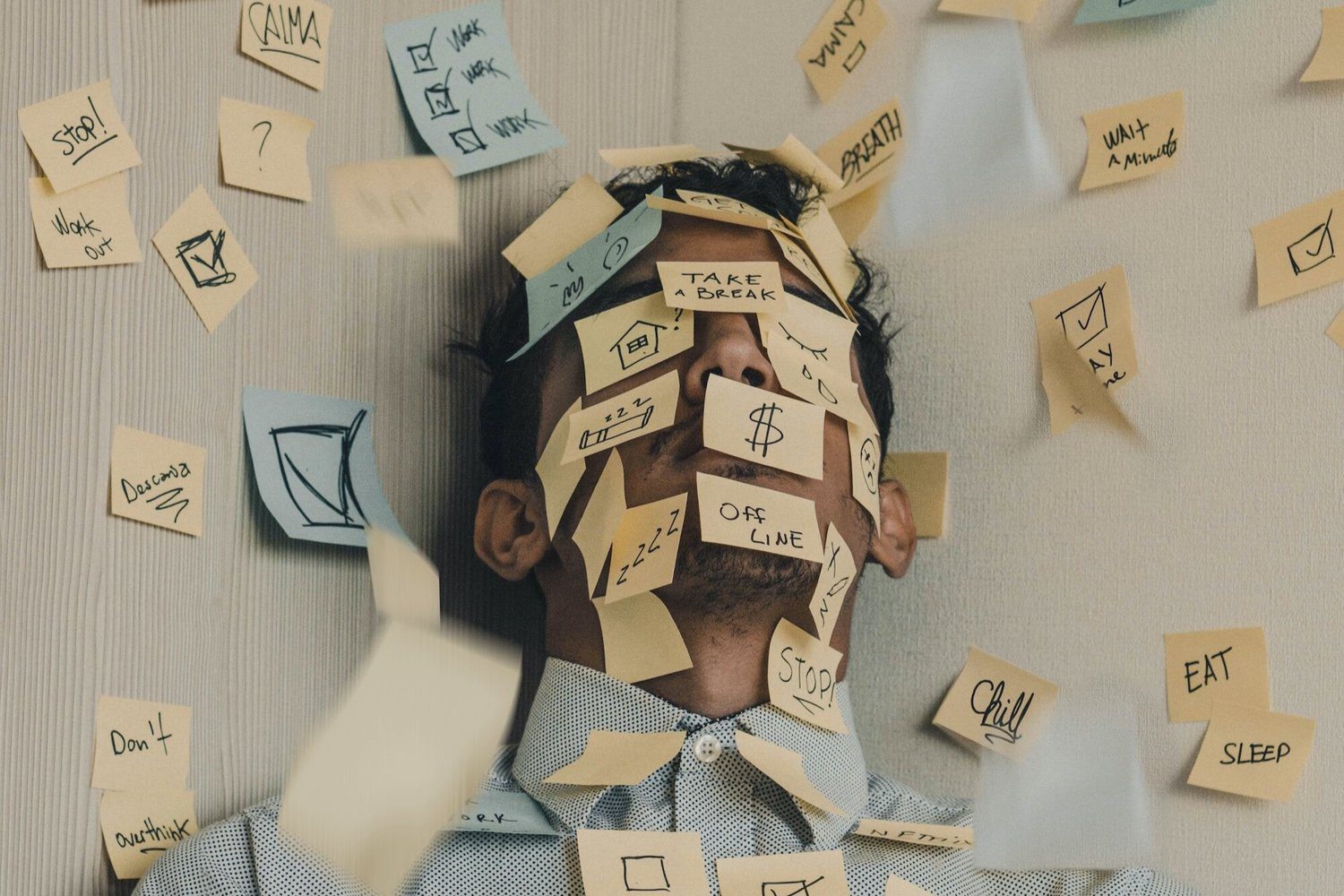The terms “generative AI,” “artificial intelligence,” and “ChatGPT” have been flying around in a frenzy for the last several months, with everyone from tech journalists to grandparents claiming the end of the world as we know it. So what’s all the chatter about? Who better to ask about the future of AI than ChatGPT? The following was compiled through a conversation with the chatbot that’s taking the world by storm.
How would you explain AI to a teenager in 100 words or less?
AI is like having a super-smart computer friend. It learns from information and makes smart decisions. It can recognize pictures, understand speech, and even drive cars. The more it learns, the better it gets at solving problems. But just like people, it can make mistakes and show biases. We need to use AI responsibly and make sure it treats everyone fairly. In the future, AI will be a big part of our lives, helping us in many ways. It’s exciting to learn about AI and how it can make the world a better place.
Who created AI?
AI is the result of contributions from many scientists, researchers, and engineers over time. It doesn’t have a single creator. Pioneers like Alan Turing, John McCarthy, and Marvin Minsky made early contributions to the field in the 1950s. Since then, countless researchers from various disciplines have advanced AI. It’s a collaborative effort, and AI continues to evolve with new discoveries and innovations.
Okay, but who built ChatGPT?
ChatGPT was built by a team of researchers and engineers at OpenAI, an artificial intelligence research lab. OpenAI aims to develop and promote friendly AI that benefits humanity. The specific individuals involved in creating ChatGPT are not publicly disclosed, but the team at OpenAI collectively worked on the development and training of the ChatGPT model. They employed techniques such as deep learning, natural language processing, and reinforcement learning to train the model on vast amounts of data to enable it to generate human-like responses in conversations.
How will AI shape the future of someone who is a teenager today?
AI is set to play a significant role in shaping the future of teenagers in several ways:
-
Education: AI-powered tools and platforms can revolutionize education by personalizing learning experiences, providing adaptive tutoring, and offering customized educational content. Students can have access to tailored resources and receive individualized feedback, making learning more engaging and effective.
-
Job Market: The job landscape will undergo transformations due to AI. Some jobs may become automated, but new opportunities will arise as well. It is crucial for teenagers to develop skills that complement AI, such as critical thinking, creativity, problem-solving, and emotional intelligence. These skills will be in high demand and can help them thrive in a changing job market.
-
Healthcare: AI has the potential to revolutionize healthcare, from early disease detection to personalized treatments. As teenagers grow up, AI may contribute to more accurate diagnoses, improved healthcare delivery, and advancements in medical research, leading to better health outcomes.
-
Transportation: Autonomous vehicles powered by AI are on the horizon. Teenagers will witness the transformation of transportation systems, with self-driving cars becoming more prevalent. This technology can enhance road safety, reduce accidents, and provide greater accessibility to transportation.
-
Personal Assistants and Smart Devices: AI-powered virtual assistants like Siri, Alexa, and Google Assistant will continue to evolve. Teenagers will experience a more integrated and intelligent interaction with technology, simplifying daily tasks, accessing information, and controlling smart devices.
-
Ethical Considerations and Social Impact: As AI advances, teenagers will face ethical dilemmas and social challenges. They will need to consider issues like data privacy, algorithmic biases, and the responsible use of AI. Being knowledgeable about these aspects will enable them to actively shape the ethical and societal impact of AI.
In summary, AI will bring both opportunities and challenges for teenagers. By embracing AI, developing complementary skills, and understanding its implications, teenagers can position themselves to thrive in a future where AI plays an increasingly prominent role in various aspects of life.
Yikes, that was both mind-blowing and longwinded. What’s the #1 thing people should know about AI?
The #1 thing people should know about AI is that it is a tool created by humans and its capabilities and limitations are determined by the data it is trained on and the algorithms used. AI is not infallible, nor does it possess human-like consciousness or emotions. It operates based on patterns and correlations it learns from data. Understanding that AI is a tool that requires careful development, responsible use, and ongoing monitoring is essential. It is crucial to consider ethical implications, address biases, and ensure transparency and accountability in AI systems to harness its potential for the benefit of society.
Noted. Got that, Biz Kid? AI is the future — according to AI.



















